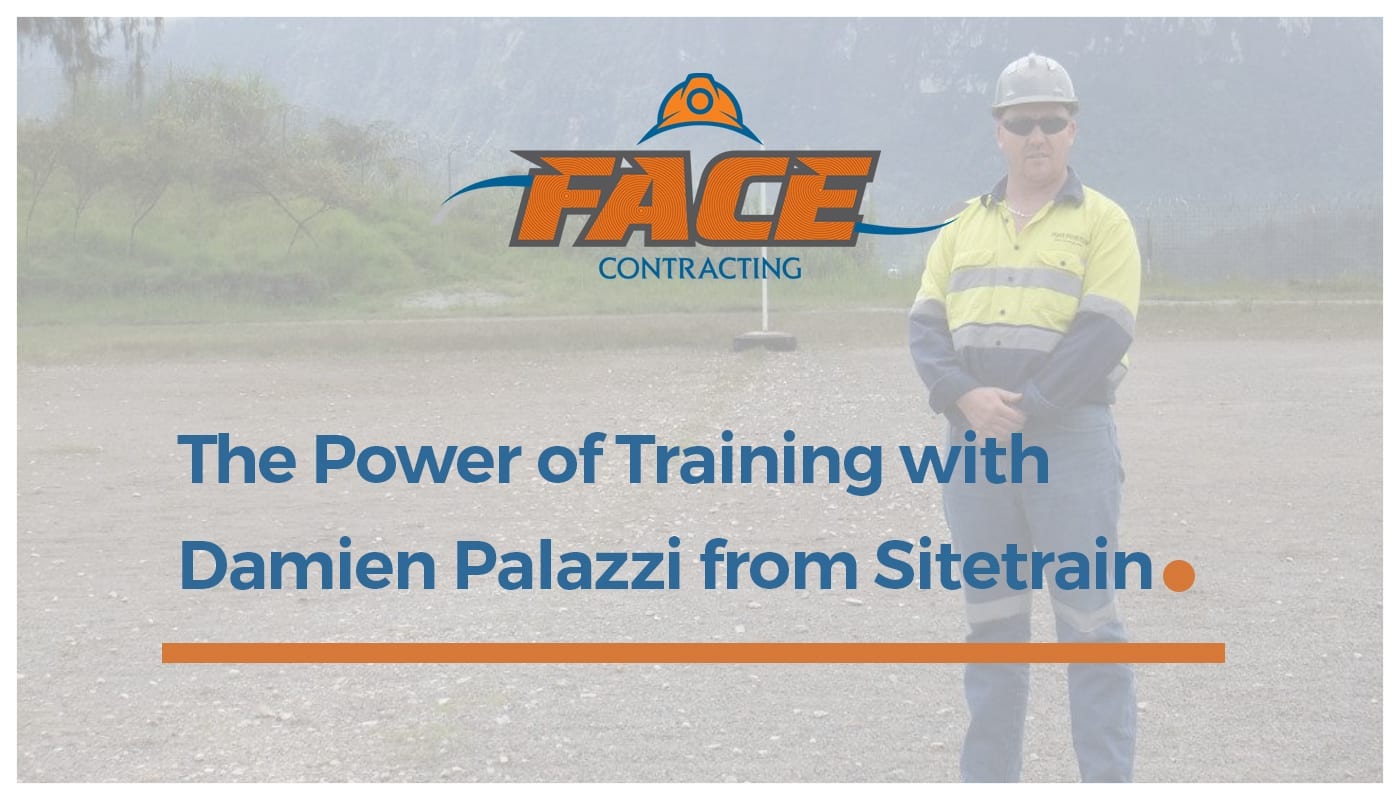Mines that take the initiative to develop traineeships in their business are not only investing in their own success, they’re helping the overall industry. With an upswing ready to sweep through Australian mining, the industry is in a difficult position. The amount of skilled labour that’s needed is just not available for mining companies to dip into. This is a problem that Damien Palazzi, a recent guest on the Full Production podcast, knows all too well. Damien runs a training company called Sitetrain that specialises in site-based training programmes for the mining industry, and in our conversation, we talked about how important training is for the individual, the organisation and the culture of mining.
In the show, Damien outlined the advantages that mine companies can leverage when they invest in traineeships in their organisation, and the details surrounding it. In this article, I’m going to talk about three of those advantages with you, as well as what mines can be doing to benefit from them.
Flexible Competencies
The differences between an apprenticeship and a traineeship mainly come down to the competency level and the time required to reach that level. Apprenticeships are usually spread out over three to four years to become competent at a particular skill or trade. Traineeships, on the other hand, are offered on a shorter time-frame, usually between six to twelve months, and are completed once the trainee has reached a certain skill level. This flexibility with a traineeship allows mines to train their staff in their specific operational process and allows each team member to build up their qualifications.
Benefits to Staff Retention
One of the issues with retaining qualified staff in the mining sector is the question as to what happens when the work dries up during a downturn. Mine sites that offer traineeships can provide their team members with skills that are nationally recognised. This allows staff to move into other positions outside the mining industry during a downturn to continue earning an income. This approach allows mines to have a bank of goodwill with people who have had to move on and open the possibility to them returning to the industry when an upswing occurs. By setting your staff up for their future, they’re more likely to return when you need them to.
No Time Limits
Traineeships are superior to classroom certifications or apprenticeships because of the huge flexibility they allow from a time perspective. There are no restrictions on start or end dates for traineeships to be provided. This flexibility, therefore, provides mines with an easy way to create programmes that operate in alignment with when they need to hire people to complete projects on-site. With the traineeship ending when the individual becomes competent in the skill they’re learning, there’s no pressure put on operations or individual team members to tick boxes to ensure the programme is being completed.
Traineeships are an easy way for mines to invest in their own future and their teams. By aligning their own needs with the future prospects of the people they employ, they create an environment in which people can thrive and maintain their relationship with operations for years to come.
Listen to my entire conversation with Damien here.


